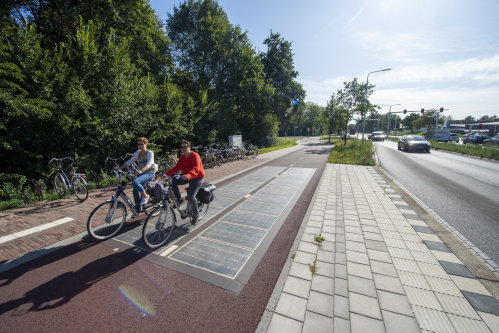News
The global challenge of the energy transition is making renewable energies the priority if we are to achieve the goals set by the 2015 Paris international climate treaty Conscious of the magnitude of this transition, many countries have enacted laws to include this imperative in their development. The energy transition will see renewable energies increase fivefold worldwide to reach the Zero Emissions target by 2050. To meet this growing need, the International Energy Agency has made photovoltaic technology a priority, paving the way for it to become the world's predominant energy source.
And everyone can do their part, including consumers! By developing the self-powering energy sector, a method which consists of consuming all or part of the energy produced, each site contributes to the production of solar electricity in its region.
As the costs associated with producing electricity from renewable sources diminish, while at the same time the retail price of electricity is on the rise, this way of doing things is sure to gain momentum. Many surfaces, such as roofs, shade structures, and facades can be fitted with photovoltaic panels, but may not necessarily fully meet the growing need for local solar power production, not to mention the issues of integrating them into the landscape, their sturdiness, and above all the real challenge of space constraints.
For several years now, new surfaces have been used to supplement the more traditional installation sites, such as roofs. Integrating photovoltaic panels into transport infrastructure is one solution, and one that has great potential in terms of maximising the usable surface area. Car parks, roads, pavements, forecourts, jetties, cycle paths, pontoons... are all elements of infrastructure that can be put to combined use for the integration of photovoltaic panels, and they have the virtue of being present in all parts of the world. This highly innovative technology is an opportunity to continue to expand photovoltaic surfaces around the world without creating additional land, and to produce energy locally.
© Oscar Timmers-Capa Pictures: Wattway cycle track and circulating photovoltaic tiles - City of Grave, The Netherlands

